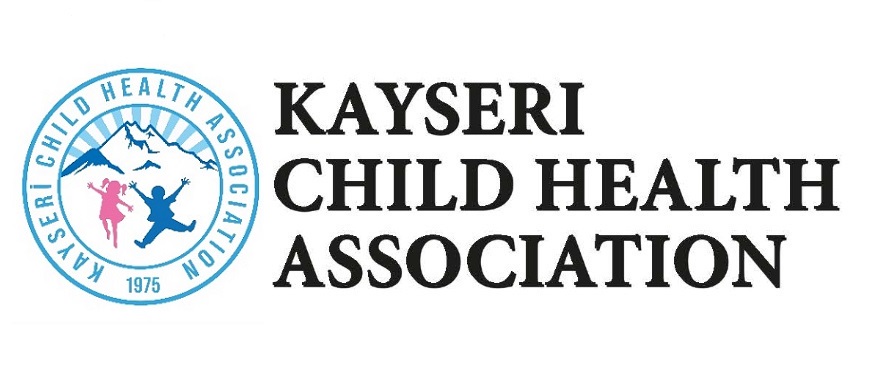The Treatment Outcomes in Children with Medulloblastoma
Abstract
Background: Medulloblastoma is the most common central nervous system tumor in childhood. This study aims to evaluate the clinical features, treatments, and outcomes of pediatric patients diagnosed with medulloblastoma
Materials and Method:Between 2006 and 2019, the medical records of children with medulloblastoma were reviewed retrospectively. Patients who died after surgery, before chemotherapy or radiotherapy were not included in the survival analysis
Results: During the study period, 38 children were diagnosed with medulloblastoma. Twenty-one of the patients were male (55.3%) and 17 were female (44.7%). The ages of the children ranged from 3 months to 17 years (median age 8 years). The ages of five patients were under 3 years (13.1%). The most common complaints were headache (n: 26, 68.4%), imbalance (n: 21, 55.3%), and vomiting (n: 20, 52.6%). The mass sizes ranged between 3 and 6 cm in 32 patients (84.2%). At the time of diagnosis, 5 patients had seeding metastasis (13.1%). The most commonlyused chemotherapy protocol included vincristine, cisplatin, etoposide (60.5%). Five patients died after surgery without any chemotherapy or radiotherapy. Of the 33 patients included in the life analysis, 12 died (36.4%). Follow-up times ranged from 2 months to 14 years (median, 44 months). The overall survival rate was 59.1%. Eight patients had relapsed (24.2%). Late relapse was detected in 3 of the relapsed patients (relapse times were the 91st, 69th, and 72nd months).
Conclusions: It is possible to achieve satisfactory treatment results in children with medulloblastoma using international treatment guidelines and recommendations, with an experienced professional team dedicated to pediatric neurooncology.









